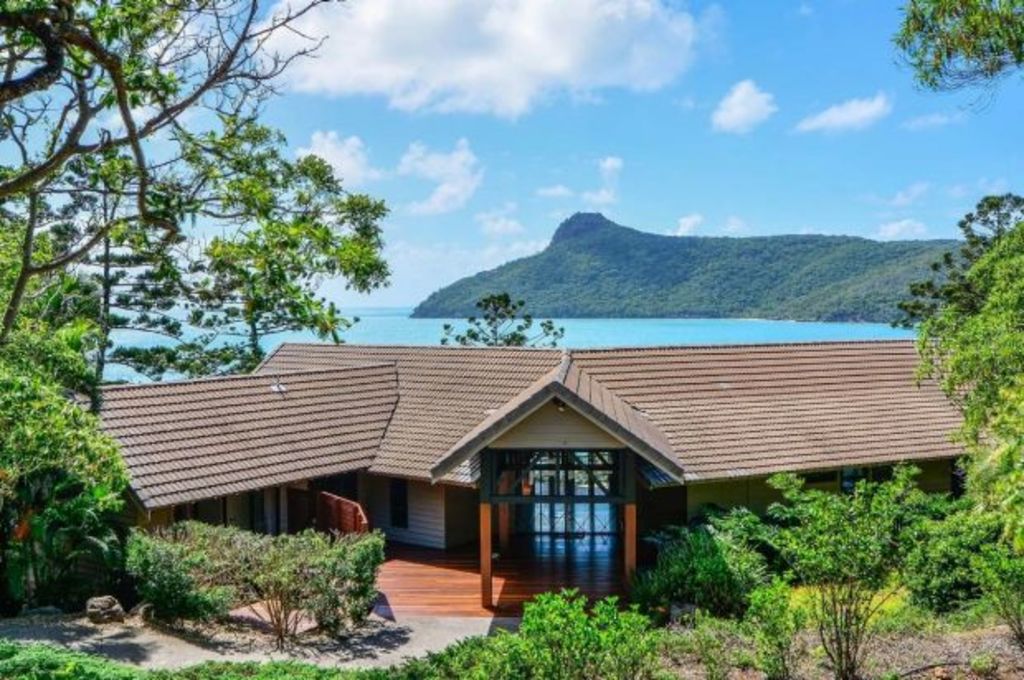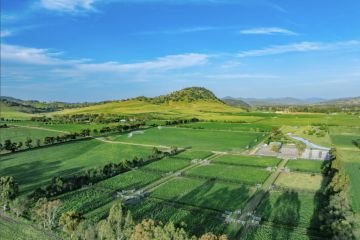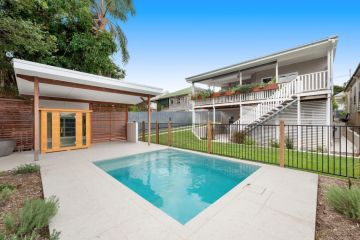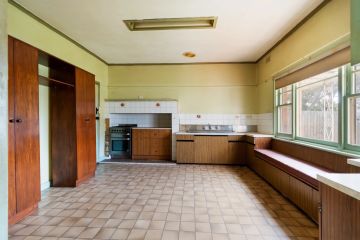Some positive signs emerge for house prices in Rockhampton, Mackay, Cairns, Townsville

Queensland’s major regional centres hit hard by the mining industry collapse have begun to head back to housing market growth.
House prices in some markets grew slightly toward the end of 2016, according to the Domain Group’s rental and house price report, but were still down year on year. Other areas recorded negative growth, but that eased in the final months of the year.
Chief economist Andrew Wilson said the economic situation was levelling out. “It’s some better signs for Queensland after what’s been a subdued period of buyer activity,” he said.
Suncorp senior economist Darryl Conroy was a little more cautious about the figures. “There’s some pretty sizeable negatives in front of them which is pretty alarming,” he said. “But there’s some prospects in the wings.”
Rockhampton
Rockhampton’s economy is diverse and has remained relatively strong of the the past few years, Dr Wilson said. Prices rose through the year from $315,000 to $320,000 in the September quarter, but fell in December to $318,000.
The region’s housing market had almost recovered from economic downturn, Dr Wilson said. “There’s certainly signs of flattening out,” he said. “Rockhampton has the appeal of being affordable.”
Strong cattle prices have kept Rockhampton’s economy moving, Mr Conroy said. “I think we’ve had a number of years of fantastic sales,” he said.
Rentals didn’t perform well though, falling 6.5 per cent from $310 to $290 from 2015 to 2016.
Mackay
Mackay was one of the hardest hit cities when mining slowed. House prices tumbled and have continued to fall. In December 2015, the median house price was $344,000 and fell over 12 months to $328,500. Dr Wilson said Mackay declined steadily for the first half of 2016, but that slowed in the last quarter of the year.
“We’re seeing early signs that market is starting to flatten out,” said Dr Wilson. He predicted buyers would become more active as they began to look at the area as a bargain. “I think once we start getting close to $300,000 medians, we see perceptions of value kick in.”
The outlook for Mackay became more optimistic toward the end of 2016, local agents said. “2016 was very two-paced, it started very slowly,” said Explore Property Mackay principal Ben Chick.
“The vacancy rate for rentals almost halved, which was a sign of people coming to town.”
He said it was too early to tell if Mackay was about to bounce back yet, though. “We need another quarter of results and hopefully we have a good half-year figure to be able to gauge that,” Mr Chick said.
Mackay’s renters saw some relief, with prices dropping to $295 from $310 in 12 months.
Townsville
Townsville’s economy has suffered in recent years and the housing market with it, Dr Wilson said. “There’s some local issues of less infrastructure spending,” he said. “It suffered from the downturn in the mining industry as well.”
It was one of two regional Queensland centres that recorded positive growth in the last quarter last year, going from $335,000 in September to $337,500.
Mr Conroy agreed the city “had a bit of a torrid time over the past year or two”, but things were beginning to look positive for the region. “We’re starting to see stabilisation,” he said.
Rents in Townsville dropped sharply from 2015 to 2016 but rose slightly in the December quarter from $315 to $320.
Cairns
Holiday haven Cairns is outperforming other regional areas, Dr Wilson said. Its housing market shrank the least in 2016, down just 0.7 per cent from $415,000 to $412,250. Cairns also saw the highest quarterly growth, 1.2 per cent up from September’s median of $407,500.
Local agents said Cairns was due for a period of growth. “It’s our turn,” Ray White Principal Angela Capitanio said. “Capital cities are always doing well for one reason or another.”
“Good news travels slowly up north because people are focused on buying where there’s excitement.”
Mr Conroy attributed Cairns’ growth in the December quarter to a boost in the tourism industry. “It comes down to that tourism sector starting to enjoy the benefits of a lower Aussie dollar,” he said.
Year on year rents in Cairns are steady after dipping during 2016. They fell to $400 in September and bounced back to $410 by the end of the year.
We recommend
States
Capital Cities
Capital Cities - Rentals
Popular Areas
Allhomes
More







